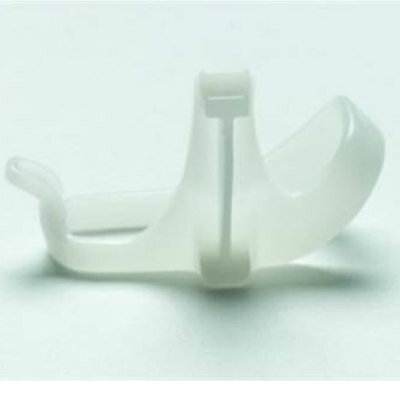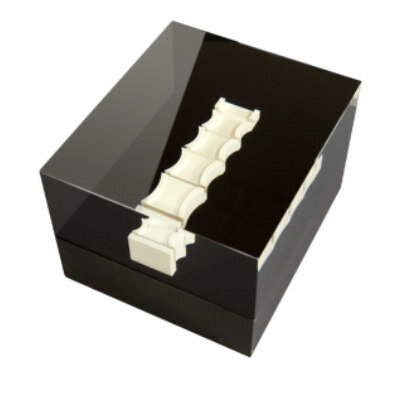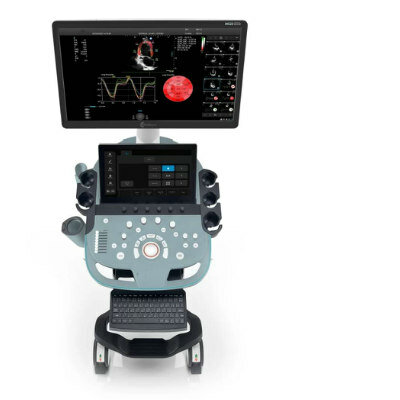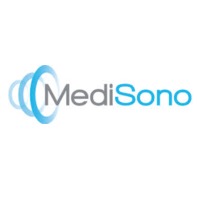Wireless and Mobile Radiography Systems Designed to Improve Workflow
By MedImaging International staff writers
Posted on 25 Jul 2011
Customizable radiography systems have been designed with a wireless portable detector that can be moved between the table and vertical stand and used for free exposures.Posted on 25 Jul 2011
Philips Healthcare (Best, The Netherlands) announced the third full release of DigitalDiagnost, and the European availability of the new MobileDiagnost wDR mobile digital radiography (DR) solution. Both the new DigitalDiagnost and MobileDiagnost wDR systems help improve workflow and efficiency of patient exams by offering an intuitive user interface and rapid access to excellent digital images.
In a recent study presented at the 2011 European Society of Radiology Conference, held in June 2011 in Eindhoven (The Nederland), researchers using a digital radiography system with a wireless detector reduced patient exam time by 25%--or 10 days each year--for a typical two-view skeletal exam, compared with conventional computed radiography.
“The digital wireless detector has been a major advancement for us,” said Gesa Kellerman, MD, resident radiology at Federal Armed Forces Hospital (Hamburg, Germany). “The workflow is more efficient since we no longer need to scan phosphor plates. The direct digital images are sharper, they have more contrast and clearer contours. And we can use a lower X-ray dose to produce these good images.”
The new DigitalDiagnost system allows healthcare professionals additionally to customize radiography rooms to match each health center’s clinical needs and financial scope. DigitalDiagnost Release 3.0 can be scaled depending on individual application requirements, room conditions, and budget flexibility from single to dual, or even triple detector systems. Healthcare providers can even choose among multiple table designs and vertical stands. Overall, the newly enhanced DigitalDiagnost system has a more ergonomic design than earlier systems to enhance the examination experience for both the patient and the healthcare provider.
The MobileDiagnost wDR maintains the same excellent image quality of a full efficiency premium DR room, but offers clinicians a portable solution so that immobile and critical patients (such as patients in trauma rooms, intensive care units and operating rooms) can be easily reached and treated. With a 40 kW generator, the MobileDiagnost wDR provides fast exposure times for challenging examinations, critical patients, pediatric and bariatric patients. Perfectly designed for a busy hospital setting, the MobileDiagnost wDR allows technologists to react swiftly and perform a multitude of difficult examinations with ease.
“Radiologists and technologists face the same challenge as every other healthcare provider--taking care of more patients with fewer resources,” said Shawl Lobree, vice president of marketing, diagnostic X-ray for Philips Healthcare. “The new DigitalDiagnost and MobileDiagnost wDR are compelling solutions from both a clinical and budgetary standpoint. Time saved during the imaging process is often crucial to treatment outcomes and patient well-being.”
There are several features on the new DigitalDiagnost and MobileDiagnost wDR that allow for quicker exams and improved efficiency such as UNIQUE (UNified Image QUality Enhancement) image processing and the easy-to-use Eleva user interface that only requires minutes of staff training to prepare, perform, and complete exams. UNIQUE image processing is an advanced algorithm that harmonizes contrast and enhances faint details to assure accuracy and provide consistent, outstanding images for all anatomical areas. Moreover, the DigitalDiagnost now provides a tray that locks the wireless portable detector (even in tilted positions) with just one click, automatically charges it and allows the detector to be moved between the table and vertical stand trays. Technologists can also use the wireless portable detector to take free exposures, e.g., for wheelchair patients. Additionally, the wireless portable detector has five amplimat chambers to reduce the risk of capturing incorrect exposures that often leads to the need to retake images.
With both solutions, patients and medical personnel receive the benefits of a premium DR room, wherever they are needed.
Related Links:
Philips Healthcare














